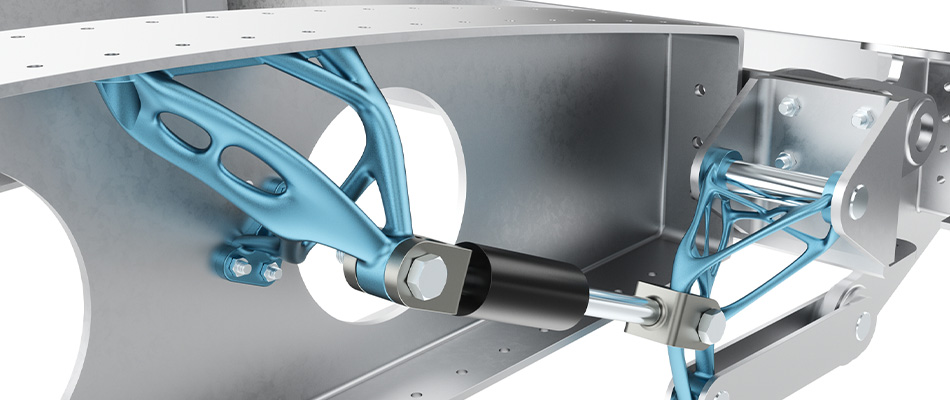
Powder Bed Fusion

The most common technology for the additive manufacturing of metallic parts, especially for aerospace and biomedical applications, powder bed fusion (PBF) is a process in which thermal energy (laser or electron beam) selectively melts or sinters regions of a thin layer of hot powder on the build bed. To avoid oxidation, most PBF processing occurs in a vacuum chamber under inert gas. Many proprietary process variants exist, including selective laser melting (SLM). By using the inherent strain method, Inspire Print 3D avoids the need for thermomechanical properties of the material using a calibration approach that provides much faster computing of a model’s deformation and residual stresses.
Key Features
Compensated Geometry
Exports the results of the part for printing, including the contraction that occurs during printing and warpage stages.
Strain Vector
Allows users to see the material’s inherent strain vector after calibration.
Body-Fitted Tetrahedra
Provides better visualization of results and faster compute time using tetrahedral mesh for the part and voxel mesh for supports.
Recoater Accident Result
Identifies possible collisions between the recoater and the printed layer due to deformations during the printing process.
Failure Index
Lets users easily identify regions where the part may break or crack by color-coding differentiating failure or critical areas from safe zones.
Layer Shifting
Determines “wall roughness” or “surface roughness” results by using nodal scalar.
